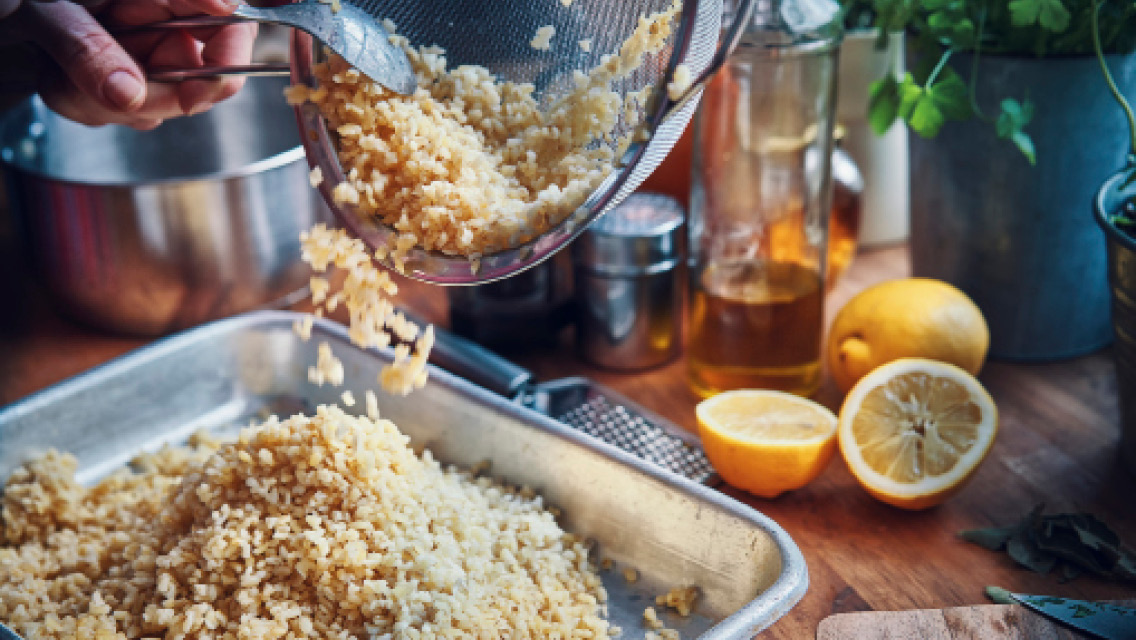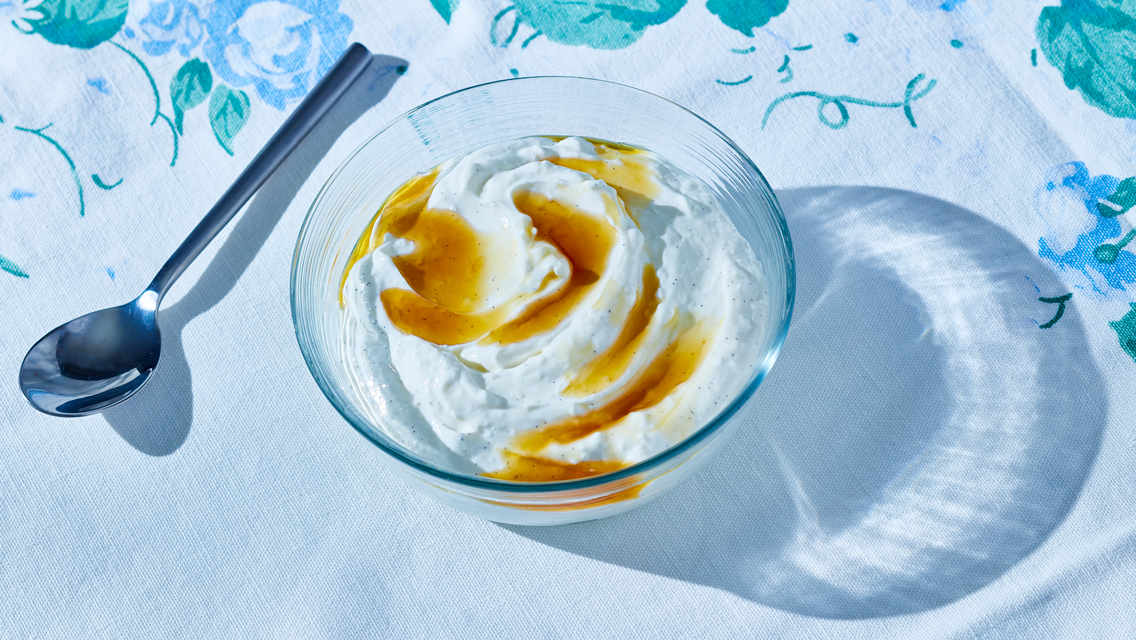During its fermentation, it can smell almost sweet, like coconut, but it ultimately tastes like a strong, musky cheese. Kishk is traditionally dried after fermentation, then used to flavor and thicken soups and stews.
Makes: about 1 1/2 cups
Time frame: 10 days
Ingredients
- 1/2 cup bulgur wheat
- 1 cup yogurt
- 1/2 tsp. salt
Directions
- Mix yogurt and bulgur in a bowl, cover, and leave overnight. When you look in the morning, the bulgur will have absorbed much of the moisture of the yogurt.
- Knead the mixture with your hands. Mix it well. If it seems dry, as though it could absorb more moisture, add a little more yogurt and knead it in. Cover it and leave to ferment for about 24 hours more.
- Check it again the next day, and knead. Continue to knead the bulgur-yogurt dough every day for about nine days. (If you neglect to knead it, it may develop surface mold; if so, just scrape off the mold, knead, and proceed.)
- At the end of this period (a few days more or fewer would not be significant), knead salt into the kishk.
- Spread kishk on a baking sheet and leave in a sunny spot, or in the oven with the pilot light on, to dry. As it dries, crumble it into smaller bits to create more surface area.
- Once the kishk is completely dry, use a mortar and pestle or a food processor to crush it into powder and crumbs for storage. Kept dry, it should store for several months in a jar at room temperature.
- To cook with kishk, fry the crumbs with butter, then add water and boil to desired consistency. Cooking will thicken it, as in a flour-based gravy or sauce. Kishk cooked with just water is flavorful and delicious; it also enhances soups and stews. Use about 2 tablespoons of kishk per cup of water.
Recipe excerpted from Wild Fermentation: The Flavor, Nutrition, and Craft of Live-Culture Foods by Sandor Ellix Katz (Chelsea Green Publishing, 2003).



